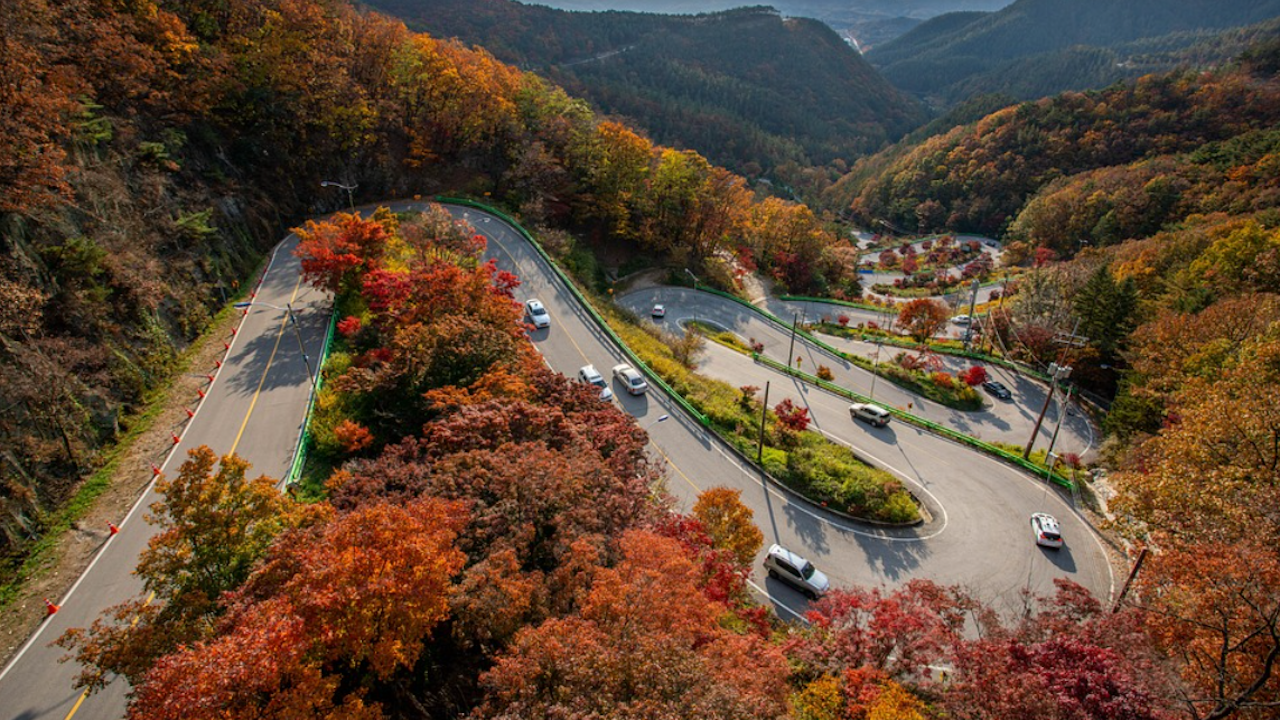Human-built infrastructure is present in at least 80% of the world's most important biodiversity hotspots, a study cited by BTA found.
The most common types of infrastructure recorded in the survey were roads, power lines and urban areas.
At the same time, many of the world's biomes face the future development of additional extractive industries such as mines and fossil fuel infrastructure.
Researchers from BirdLife International, the World Wildlife Fund (WWF), the Royal Society for the Protection of Birds (RSPB) and the University of Cambridge looked at a global network of areas internationally recognized as critical for wildlife and known as Key Biodiversity Areas (KZB).
They found that among the 15,150 CZBs, three-quarters were roads, and more than a third were power lines and urban areas.
The researchers also reveal that potential development could result in an additional 2,201 KZBs hosting mines (an increase of 292%), an additional 1,508 KZBs hosting oil and gas extraction infrastructure (an increase of 72%), and to another 1,372 KZBs, in which power plants are located (increase by 589%).
The number of monarch butterflies wintering in Mexico is declining
According to the International Union for Conservation of Nature, human infrastructure is one of the main threats to biodiversity, as it leads to habitat destruction and fragmentation, pollution, increased hunting and the spread of invasive species.
Ash Simkins, a PhD student in zoology at the University of Cambridge who led the study, said: "It is worrying that most of the sites that are designated as critical for nature have human development.
We recognize that infrastructure is essential to human development, but it must be built wisely.
This means ideally avoiding or otherwise minimizing infrastructure in places most important to biodiversity.
If the infrastructure is to be there, it should be designed to cause as little damage as possible,
Publishing their work in the journal Biological Conservation, the researchers overlay data maps of different types of infrastructure, categorized as transportation, dams and reservoirs, extractive industries, energy, and urban areas.
Energy and mining are the only categories for which some global data on planned development is available.
The regions with the highest share of planned extractive industry developments in the KZB are South America, Sub-Saharan Africa, Central and Southern Africa, and parts of Southeast Asia.
All KZBs identified in Bangladesh, Kuwait, Republic of Congo and Serbia face the potential for the development of extractive industries.
The researchers also said that the push for renewable energy, which requires mining precious metals used in solar panels,
Study co-author Dr Stuart Butchart, Principal Scientist at BirdLife and a researcher at the University of Cambridge, said: "At the UN Conference on Biodiversity (Cop15) in Montreal last year, governments committed to stopping the extinction of species caused by the person.
Large-scale destruction or degradation of natural habitats in bird protected areas can lead to mass extinctions, so existing infrastructure there should be managed to minimize impacts, and further development in these areas should be avoided , as far as possible".
The researchers believe that infrastructure may differ in the way it leads to biodiversity loss, and that further work is needed to study its impact in individual KZBs so that more can be learned about how to mitigate it.
Wendy Elliott, Deputy Head of Wildlife at WWF, said: “Infrastructure is at the heart of our societies, providing the water we drink, the roads we travel on and the electricity that powers our livelihoods.
This study shows how important it is to ensure smart infrastructure development that brings social and economic benefit to all while ensuring positive outcomes for nature.
Achieving this goal will be the challenge of our time, but with proper planning,
biodiversity
infrastructure
